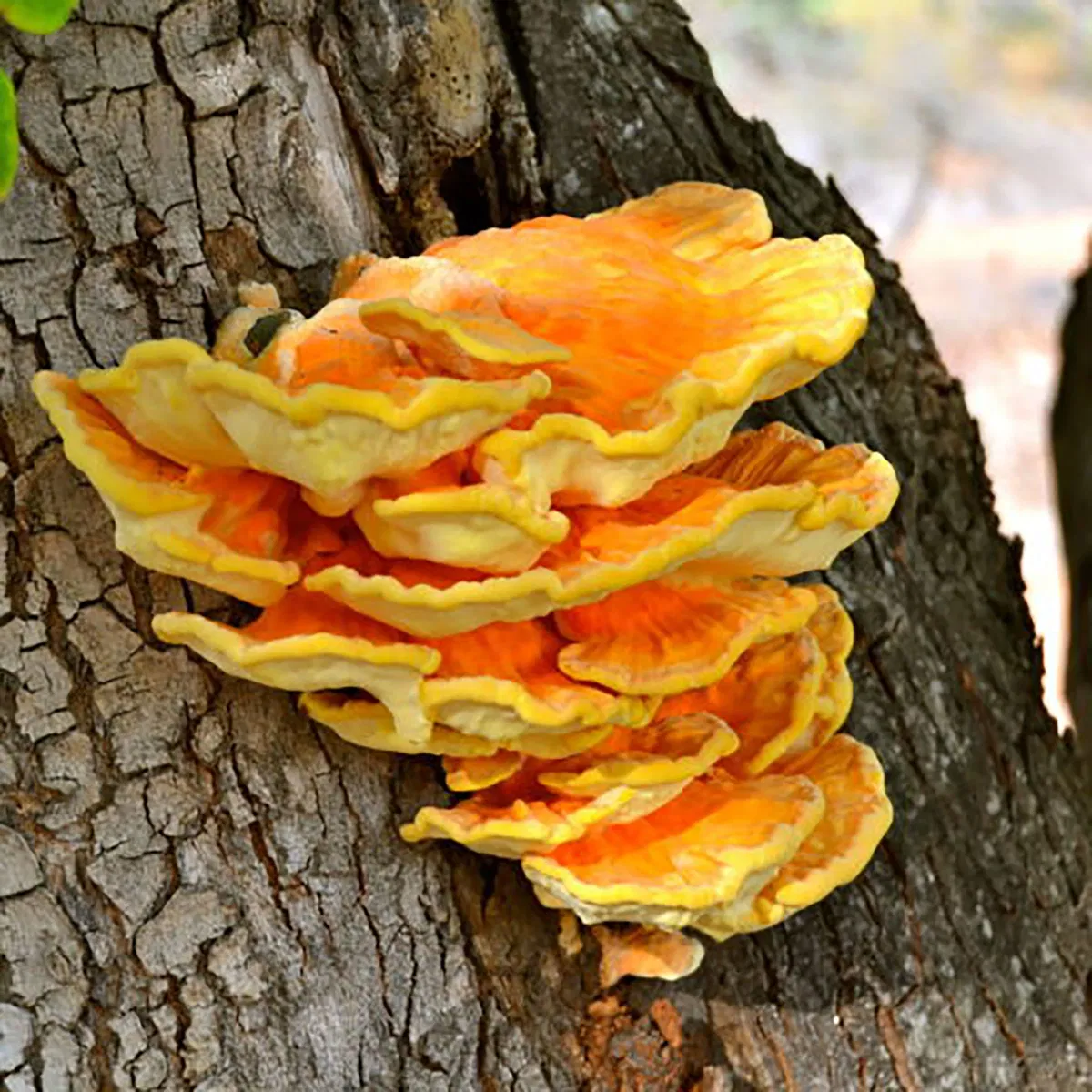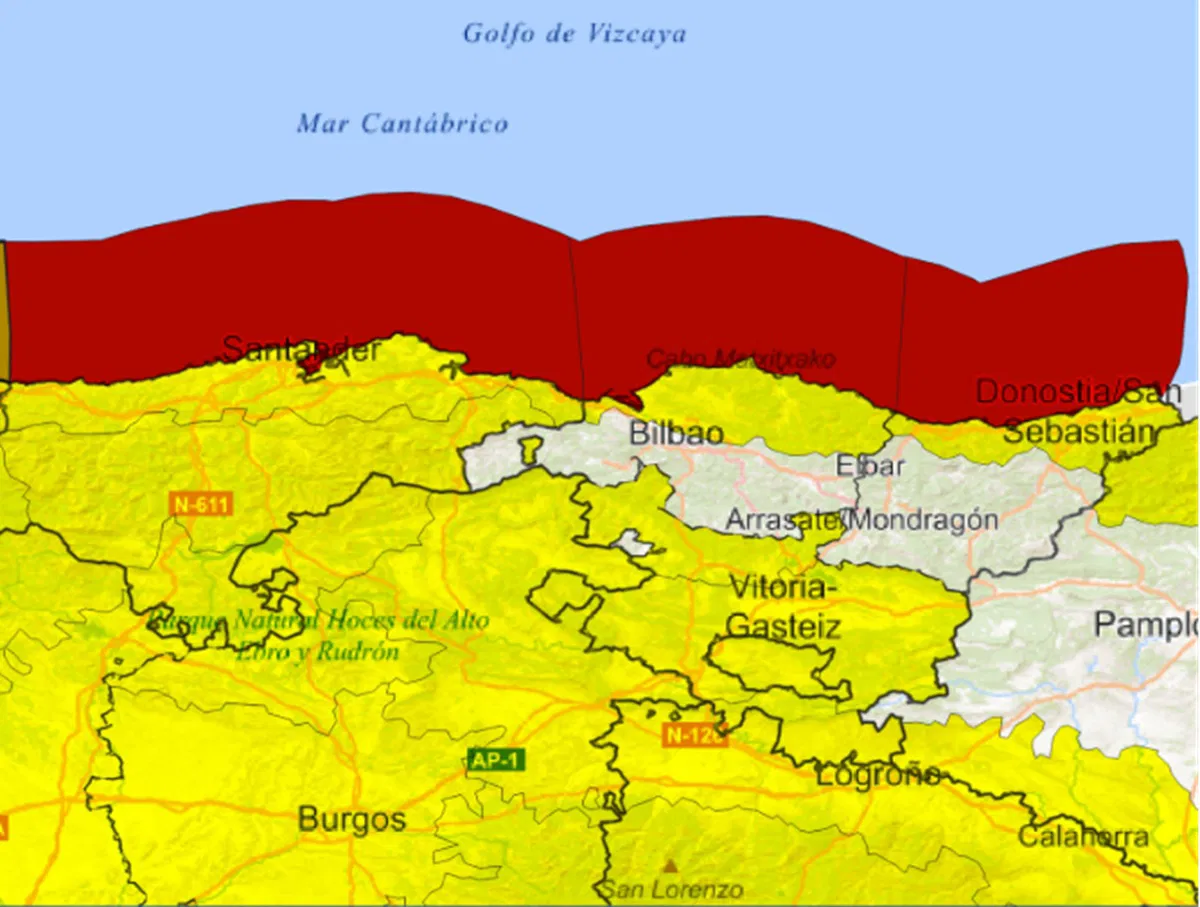Copyright euroweeklynews

Autumn is the favourite time of year for nature enthusiasts. After the heat of summer fades, exploring the region’s mountain landscapes becomes an experience worth savouring. Among the many natural attractions of the Costa Blanca is its rich interior, which offers perfect conditions for mushroom hunting — a passion that goes well beyond the seasons. From October onwards, and sometimes even earlier, locals and visitors alike set out to enjoy one of the area’s most beloved pastimes: searching for wild mushrooms. The most eager even travel to other parts of Spain where the right climatic conditions for fungi appear sooner. According to mycology expert Antonio Belda Antolí, the region is “highly rich in biodiversity and has mushrooms of excellent quality.” To mark this autumnal season, here is a list of the three most common and sought-after varieties found across the Costa Blanca — and how to best identify and enjoy them. Esclata-sang (Lactarius sanguifluus) Known locally as esclata-sang, rovelló or pebràs, this mushroom — the “bloody milk cap” — is one of the most prized among experts. Its cap measures between 5 and 12 cm, first convex and later flattening out, with orange, reddish or purplish hues and tightly packed gills that turn green over time. Its flesh is firm and releases a distinctive wine-red latex, giving it its name. It thrives in pine forests, particularly on limestone soils, and is common across the Mediterranean basin from late summer through autumn. It usually appears in clusters, often alongside other species of Lactarius. It can be mistaken for Lactarius deliciosus, which produces an orange latex but is also edible. In gastronomy, the esclata-sang is valued for its firm texture and delicate flavour. It is most often grilled or pan-fried with garlic and parsley, but also features in stews, rice dishes and preserves. Chopo mushroom (Agrocybe aegerita) The chopo or poplar mushroom, also known as the fig tree mushroom, is a highly appreciated edible variety known for its pleasant aroma and texture. Its cap is brown when young, with creamy gills that darken as it matures. The stem is cylindrical and fibrous, lighter in colour than the cap and often features a small ring. Its white flesh is firm and releases a gentle, earthy scent. It grows naturally on decaying trunks or stumps of poplars, willows and other deciduous trees, especially in humid, temperate areas. This wood-decomposing fungus can be found both in the wild and in cultivation. Across the Iberian Peninsula, it fruits mainly in spring and autumn, though cultivated specimens appear all year round. In the kitchen, the chopo mushroom is wonderfully versatile. Its firm texture and mild aroma make it perfect for stir-fries, scrambled eggs, rice dishes, pasta and stews. Carob tree mushroom (Laetiporus sulphureus) Also known as the “chicken of the woods”, the carob tree mushroom is an eye-catching edible fungus with a striking sulphur-yellow colour. It typically grows in overlapping, fan-shaped layers, with a smooth surface that fades as it ages. The flesh is thick, soft and fibrous when young but becomes tougher over time. Experts say its aroma resembles cooked chicken, which explains its nickname. This species develops on trunks and stumps of deciduous trees such as carob, oak, chestnut or willow, though it can also appear on conifers. It is found from late summer to early autumn and is relatively common across the Iberian Peninsula, particularly in temperate, humid zones. Culinarily, it is best enjoyed when young and tender, as it is juicy and delicately flavoured at this stage. Its vibrant colour and texture bring visual appeal to any dish, but older specimens or those growing on conifers should be avoided, as they may be indigestible. Some experts also advise against consuming it with large amounts of alcohol.



